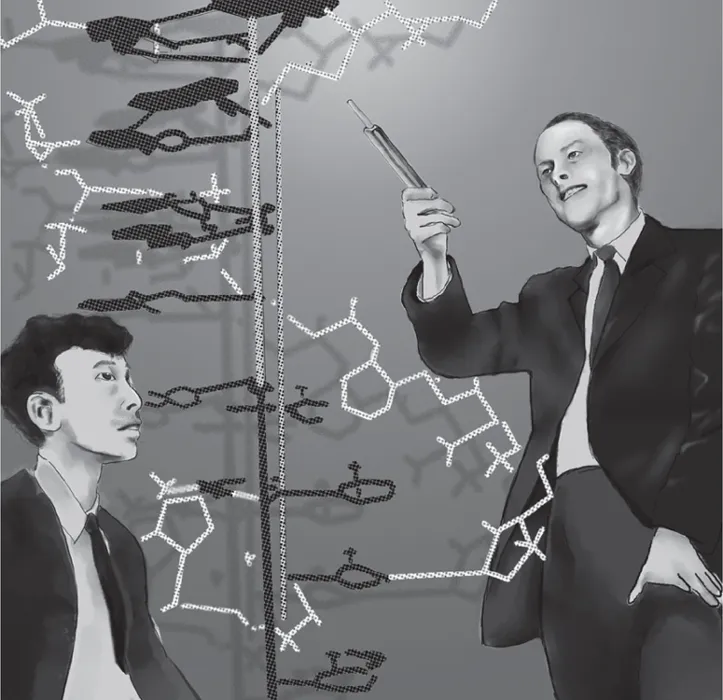
Chemistry and Biology of Non-canonical Nucleic Acids
Naoki Sugimoto
- English
- ePUB (mobile friendly)
- Available on iOS & Android
Chemistry and Biology of Non-canonical Nucleic Acids
Naoki Sugimoto
About This Book
Discover the fundamentals and intricacies of a subject at the interface of chemistry and biology with this authoritative resource Chemistry and Biology of Non-canonical Nucleic Acids delivers a comprehensive treatment of the chemistry and biology of non-canonical nucleic acids, including their history, structures, stabilities, properties, and functions. You'll learn about the role of these vital compounds in transcription, translation, regulation, telomeres, helicases, cancers, neurodegenerative diseases, therapeutic applications, nanotechnology, and more. An ideal resource for graduate students, researchers in physical, organic, analytical, and inorganic chemistry will learn about uncommon nucleic acids, become the common non-canonical nucleic acids that fascinate and engage academics and professionals in private industry. Split into 15 chapters covering a wide range of aspects of non-canonical nucleic acids, the book explains why these compounds exist at the forefront of a new research revolution at the intersection of chemistry and biology. Chemistry and Biology of Non-canonical Nucleic Acids also covers a broad range of topics critical to understanding these versatile and omnipresent chemicals, including: * A discussion of the dynamic regulation of biosystems by nucleic acids with non-canonical structures
* The role played by nucleic acid structures in neurodegenerative diseases and various cancers
* An exploration of the future outlook for the chemistry and biology of non-canonical nucleic acids
* An introduction to the history of canonical and non-canonical structures of nucleic acids
* An analysis of the physicochemical properties of non-canonical nucleic acids Perfect for biochemists, materials scientists, and bioengineers, Chemistry and Biology of Non-canonical Nucleic Acids will also earn a place in the libraries of medicinal and pharmaceutical chemists who wish to improve their understanding of life processes and the role that non-canonical nucleic acids play in them.
Frequently asked questions
Information
1
History for Canonical and Non-canonical Structures of Nucleic Acids
1.1 Introduction
1.2 History of Duplex





1.3 Non-Watson–Crick Base Pair
Table of contents
- Cover
- Table of Contents
- Title Page
- Copyright
- Preface
- 1 History for Canonical and Non-canonical Structures of Nucleic Acids
- 2 Structures of Nucleic Acids Now
- 3 Stability of Non-canonical Nucleic Acids
- 4 Physicochemical Properties of Non-canonical Nucleic Acids
- 5 Telomere
- 6 Transcription
- 7 Translation
- 8 Replication
- 9 Helicase
- 10 Dynamic Regulation of Biosystems by Nucleic Acids with Non-canonical Structures
- 11 Cancer and Nucleic Acid Structures
- 12 Neurodegenerative Diseases and Nucleic Acid Structures
- 13 Therapeutic Applications
- 14 Materials Science and Nanotechnology of Nucleic Acids
- 15 Future Outlook for Chemistry and Biology of Non-canonical Nucleic Acids
- Index
- End User License Agreement